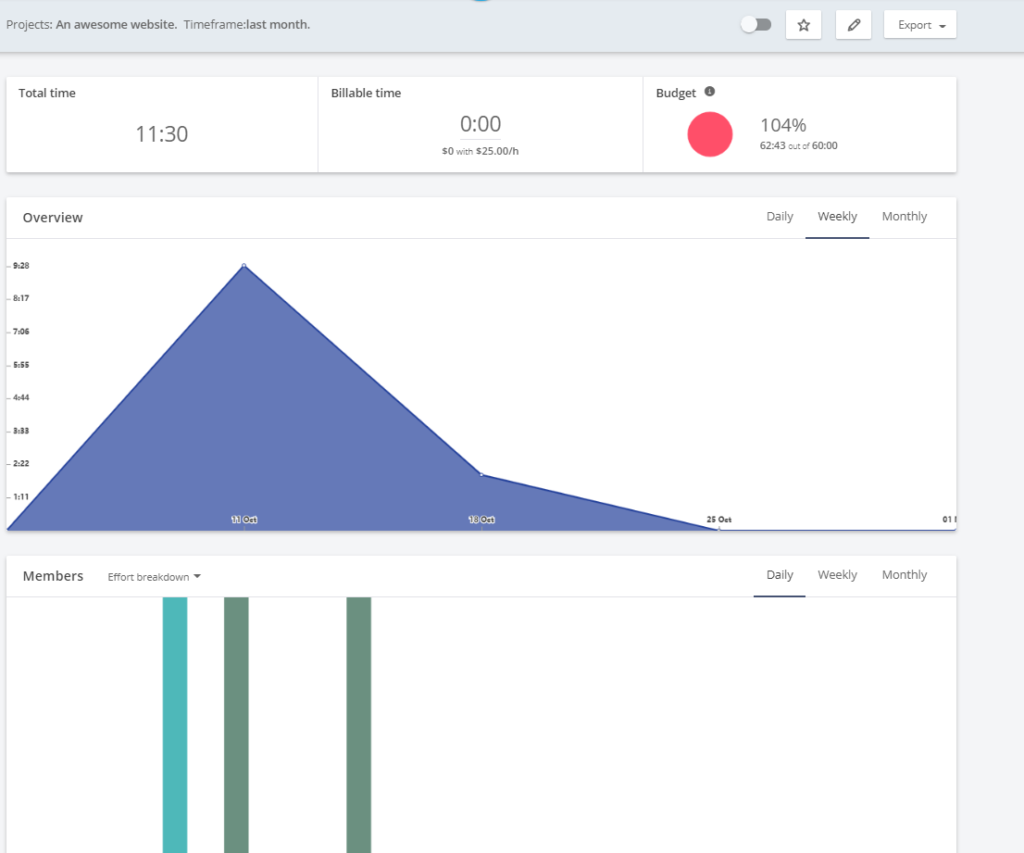Top 5 Tools for Managing Remote Employees


Remote is the new normal.
But even in a modern setting, teams face the usual challenges: communication, organization, and time management.
Thankfully, technology comes to the rescue of managers who need to keep their remote employees on track.
In this article, I’ll share the top essential tools for managing remote teams – and achieve every goal.
New Team, New struggles
Managing a team is as exciting as it is difficult.
As a manager, you have a responsibility for the delivery of the team. In addition, you have to make sure to align the team’s work with the company goals. On top of that, managers are also responsible for their own work and goals!
Teams’ big struggles are usually communication, planning, and productivity.
In a remote setting, things can get even more complicated. All these issues have to be dealt with asynchronously, usually spread across different countries and timezones. There’s no chance of discussing issues in person if they arise.
Thankfully, the right setup and the right tools can help with all that.

The Best 5 Tools To Manage A Remote Team
1) A Communication Tool: Microsoft Teams
With people scattered all over the place, communication will be the number one challenge.
If you manage all communication with email, I can guarantee that it will become unmanageable really soon, really quick.
Chat software will be the perfect alternative to email. Chat tools are very popular nowadays, and most of them also include file sharing, video calls, and automation options.
For these reasons, I recommend Microsoft Teams. Not only it offers chat, but it also has a famous video call feature as well as integrations with most Office products. You can chat, make conference calls, show your screen to other participants of the call, and share files in the same app.
If you use the Office 365 suite of products, you’ll be able to use all of them seamlessly in Microsoft Teams.
You can also integrate the app with other integrations from the Teams app store.
2) A Project Management Tool: Asana
When managing projects remotely, you need to have a clear picture of: what are the tasks to do for the project, who’s in charge of doing them, and which ones have been completed or not.
Project management tools are extremely popular, and honestly, there’s a tool to fit everyone’s needs and for every industry.
I recommend Asana for its clear interface, its multiple views (from lists to Kanban boards to calendars and timelines), and also because it’s very easy in Asana to assign tasks to people. Users mark them as completed and it makes it easier to keep track of the work as it progresses.
3) Time Tracking And Productivity Tool: Timeneye
How do you measure productivity in a remote team?
Certainly, the number of tasks done is a good indicator of productivity, right?
Well, not necessarily.
Productivity isn’t measured in quantity but in quality and effectiveness. And what better way to measure it than looking at how we’re using our time.
A time tracking tool like Timeneye can help with that.

Not only Timeneye lets you enter the time spent working, but it also allocates it to the correct projects and tasks. In the reporting view, you can see how the time has been used and which projects or clients took away most of it.
Managers can monitor other users with the reports and dashboard options.

4) A Cloud Storage Tool: Google Drive
Files, documents, contracts, images, brand assets…
All these things have to be ready for use and consultation to all the employees that need them. If teams start sharing these only as email attachments, it will result in chaos and lost files along the way. (imagine trying hard to use the search bars in your inbox till you remember which thread had that specific attachment…)
Not to mention, some files are too big in size to be sent via email or chat.
For these reasons, teams should find storage that’s easily accessible online, like Google Drive (or as an alternative, Dropbox).
5) Goals And KPI Tracking: Koan
The work of the team has to align with the company goals.
Tracking goals is difficult when the work happens scattered in different places.
To make sure everybody’s aligned, you should first of all decide and define the goals and KPIs. Then, instead of endless spreadsheets, you should try to implement a goal-tracking tool, like Koan.
Koan is specifically designed for OKR tracking, and it works really well for remote teams too. It lets you set macro and micro-goals, and all team members can update the metrics according to their progress.
In the “Reflections” section, everybody gets to write and publish updates on their work, and explain how the metrics have progressed, and the reason if they didn’t.
Users can set the platform to send an email reminder when a weekly reflection is due – so managers don’t have to chase people around every time!
It’s also nice that you can upvote and add emoji reactions to other people’s goals: celebrating progress and showing appreciation in remote teams is crucial for team morale and employee engagement.
What are your top choices for software in your remote team? Let us know in the comments!
If you don’t know where to start yet, we suggest trying a time tracking tool first.
Cover photo via Stocksnap.io